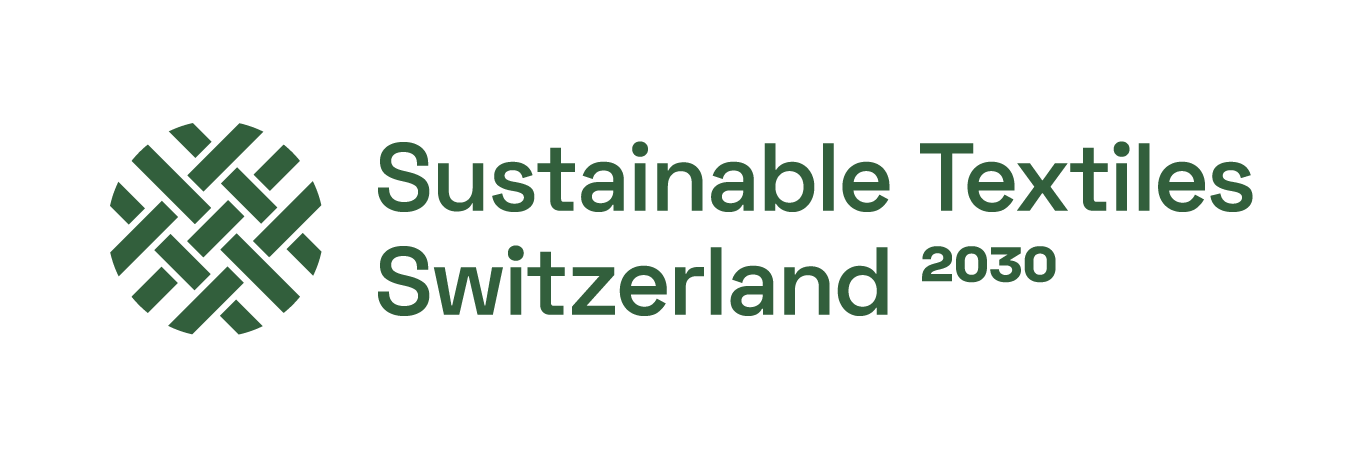Bild: STS 2030
The targets of Sustainable Textiles Switzerland (STS) 2030 are ambitious and the implementation of the measures challenging. And yet more than 35 companies from the textile and clothing industry are on the way to doing just that.
How fortunate that they can learn from each other in the process. Companies do not have to develop every solution themselves or go through every mistake alone. Last year, some committed actors agreed to share their best practices in implementing the measures. And not just with the other committed actors, but with the whole industry. You can view them here.
Best practices for target 4: Transparency
The committed actors Mammut, the Blue suit, glore Switzerland and workfashion have impressively demonstrated how the transparency target can be made tangible. They presented their best practices in a webinar, taking a look at the entire supply chain. Whether through digital tools that make supply chains visible or through the consistent implementation of disclosure strategies – the examples provide guidance and show that transparency is not only feasible, but essential for sustainable change.
Best practices for target 1: Climate
Mammut, Balsiger Textil, Bächi-cord and Swiss Mountain Silk shared their experiences in the webinar on the topic of climate. The focus was on measuring greenhouse gases and energy-efficient production methods, pragmatic approaches to CO2 2-reduction and the switch to renewable energies. The discussions also showed how important it is to integrate climate targets into the entire value chain and to strengthen cooperation with suppliers.
Circularity Action Plan: A guide for target 3: Circular economy
The Circularity Action Plan from STS 2030 is designed to support companies in successfully shaping the transformation to a circular economy. The plan provides a clear structure and concrete recommendations for action to use materials more efficiently, minimize waste and design products in such a way that they can be reused or recycled. Particular attention is paid to innovative design strategies that promote longevity and reparability, as well as the creation of closed material cycles. This provides companies with practical guidance on how they can integrate sustainable processes into their value chains and improve their environmental footprint. The plan serves not only as inspiration, but also as a concrete tool for mastering the challenges of the circular economy in the textile industry.
Workshop on target 2: Working conditions
Swiss Fair Trade and amfori jointly organized a workshop on human rights due diligence and strategies for risk prevention and minimization. Key questions were discussed under the leadership of Mark Starmanns: Where does your own company stand in terms of respecting human rights in the supply chain? Where is there a need for action? The participants were given practical solutions and technical tools to identify and minimize risks. Initial steps and concrete approaches for future collaboration were also identified in the exchange. Another workshop on calculating and developing strategies for implementing fair wages took place on January 27, 2025.
Why exchange is important
The best practices, guidelines and workshops presented show how companies can make progress with a spirit of innovation and commitment. But the key lies in exchange. By learning together, sustainable solutions can be found and extended to the entire industry. And that is the declared goal of STS 2030: a sustainable textile and clothing industry.
Do you have any questions about the content or would you also like to get involved? Contact us and become part of the program!

